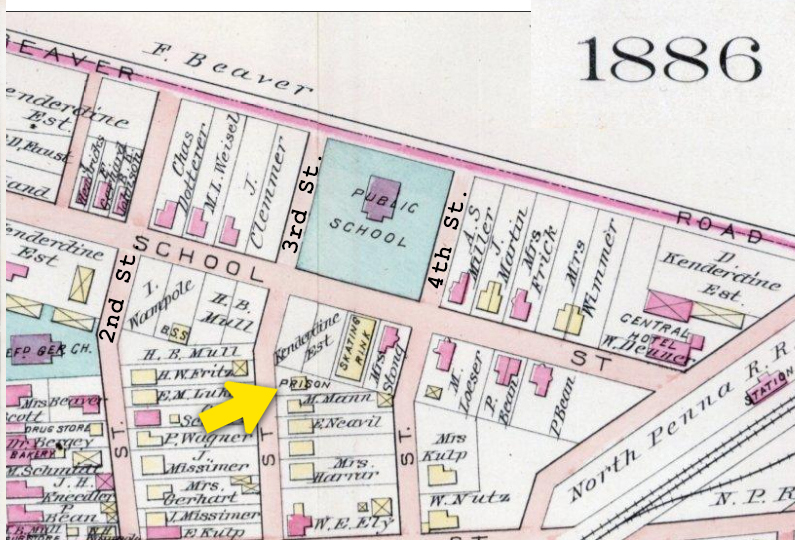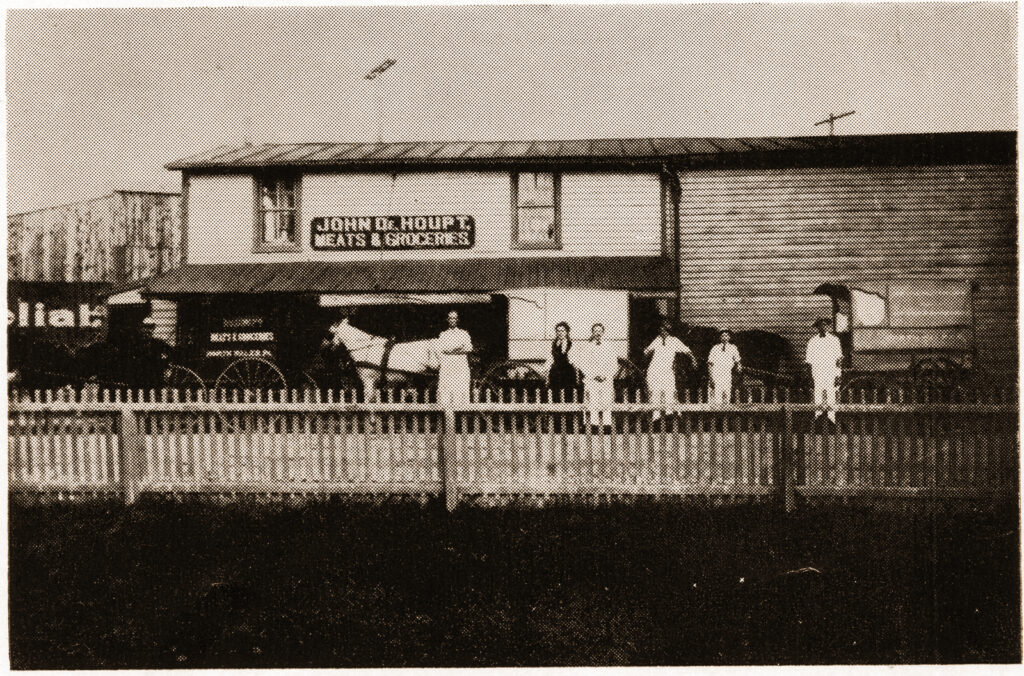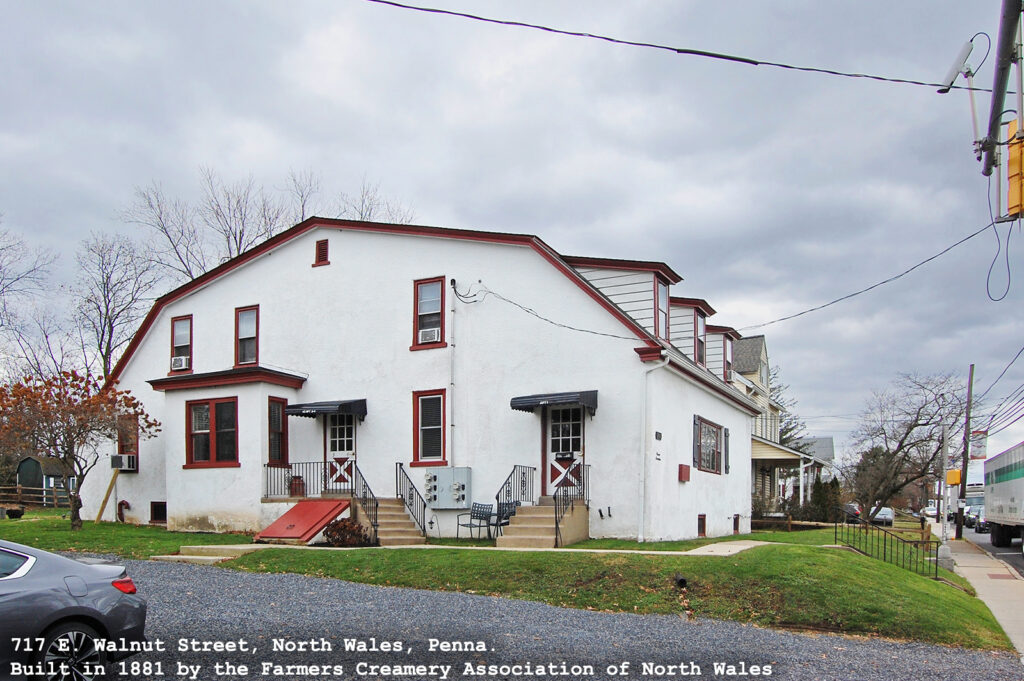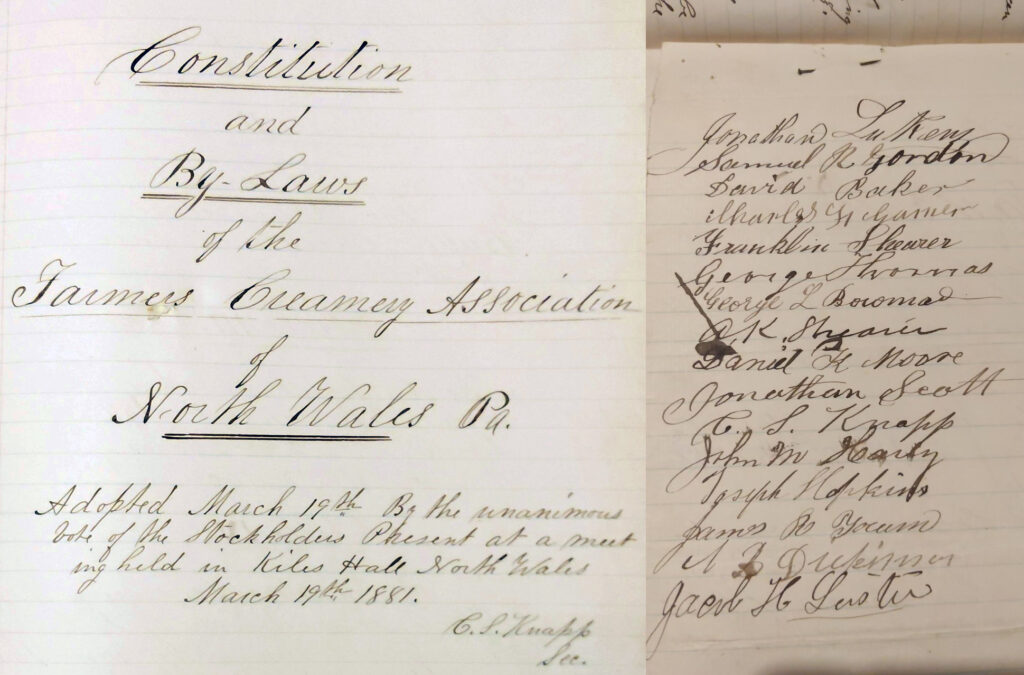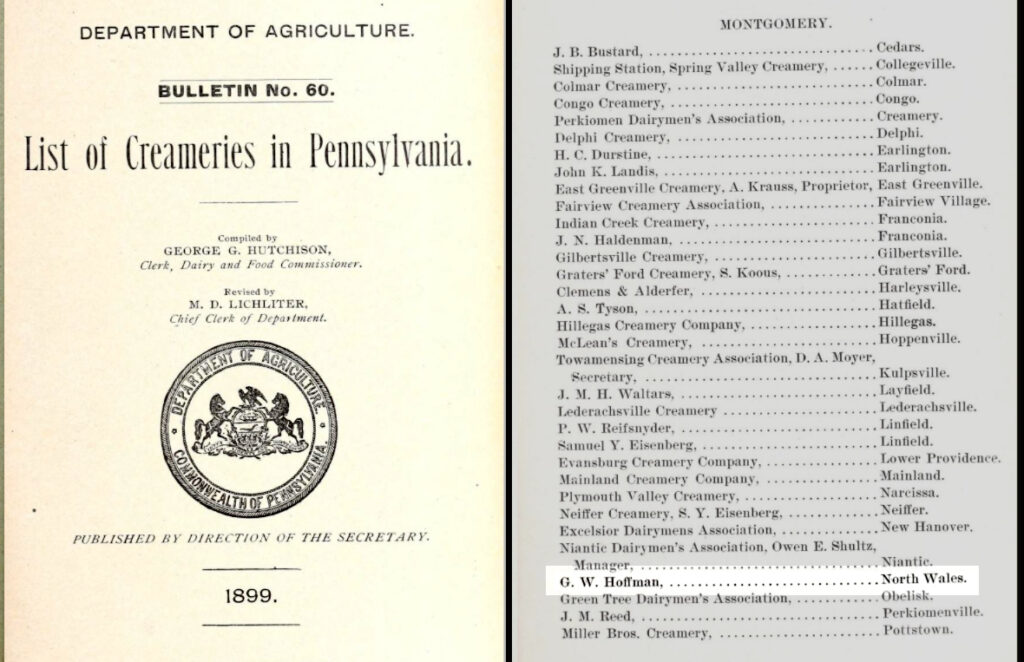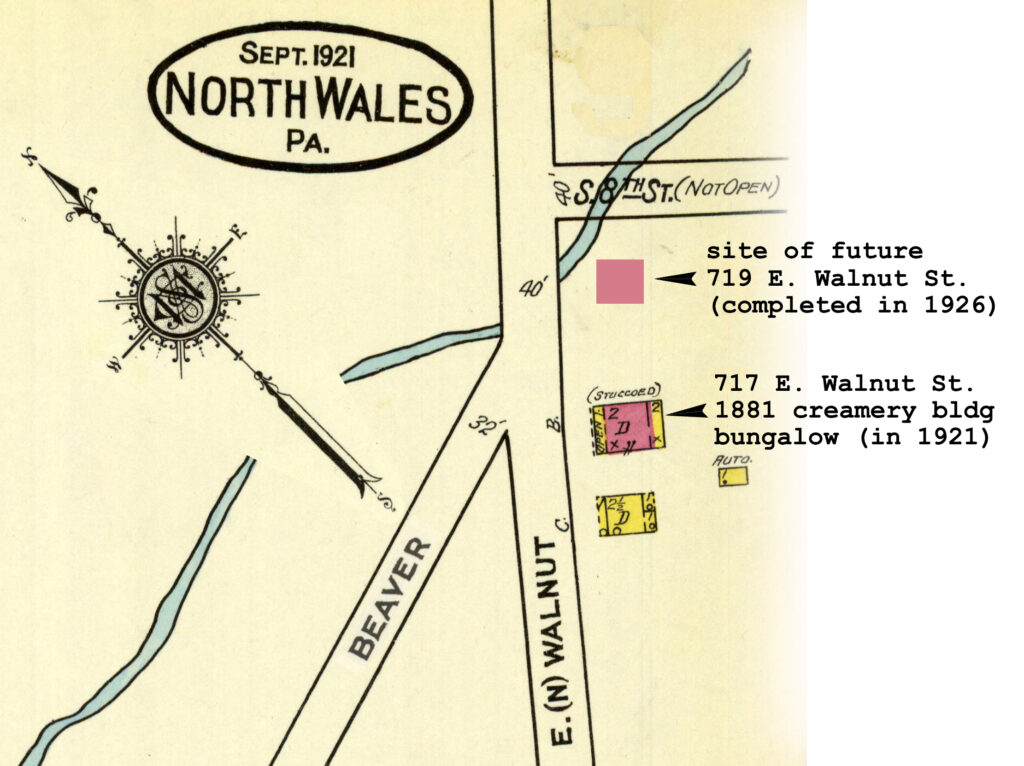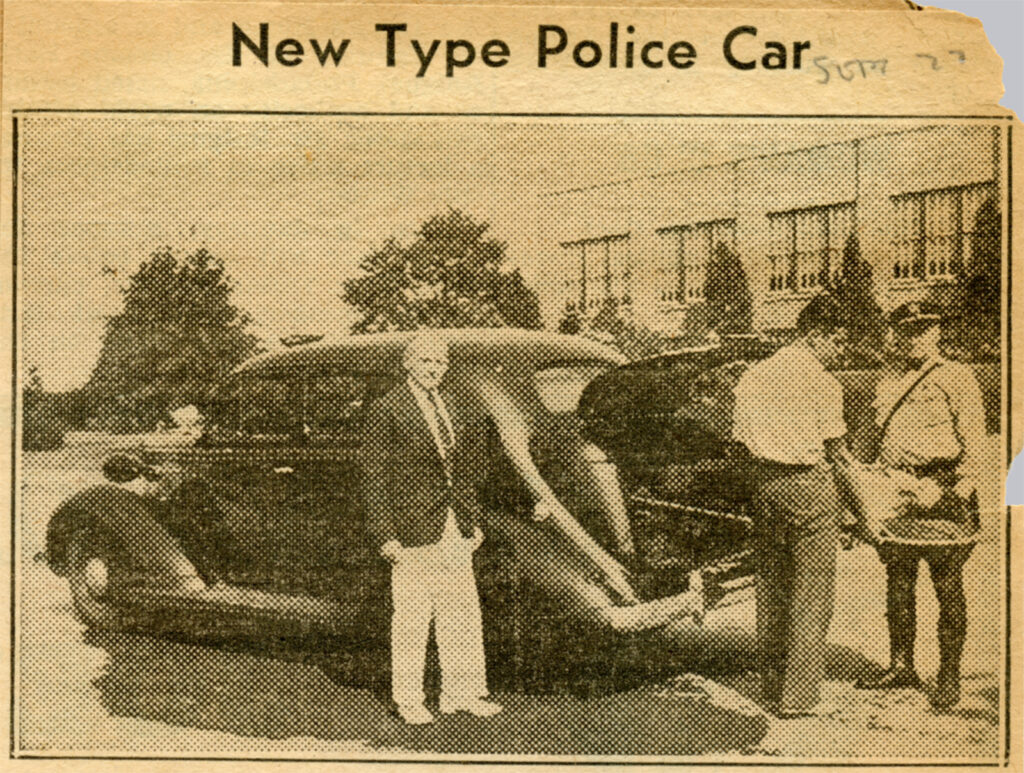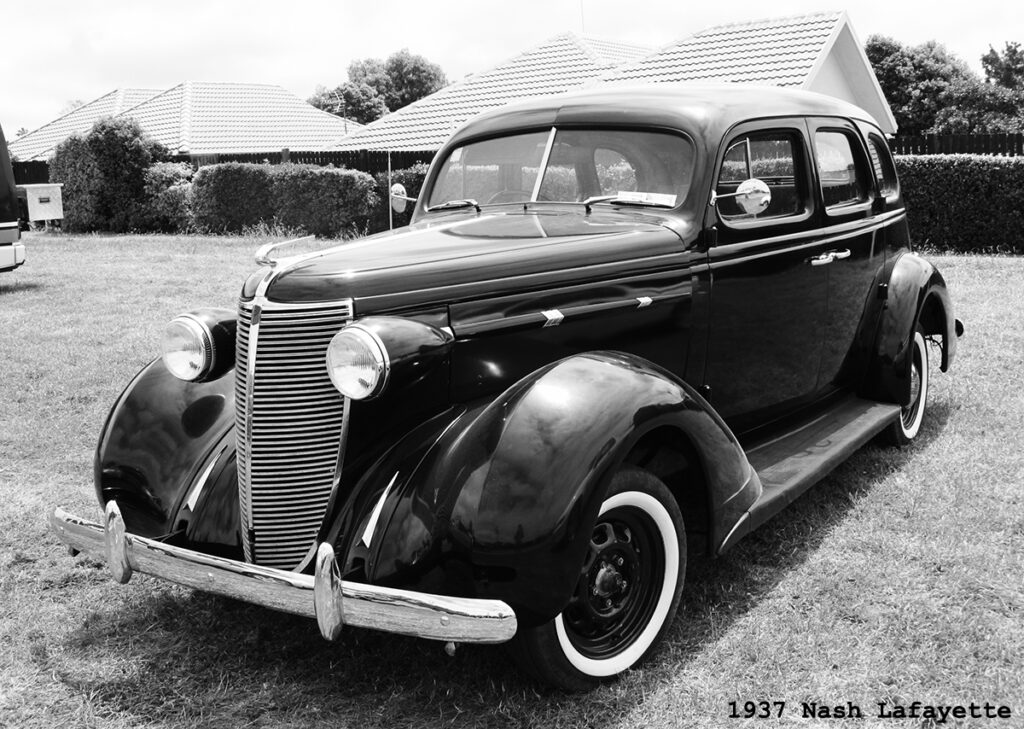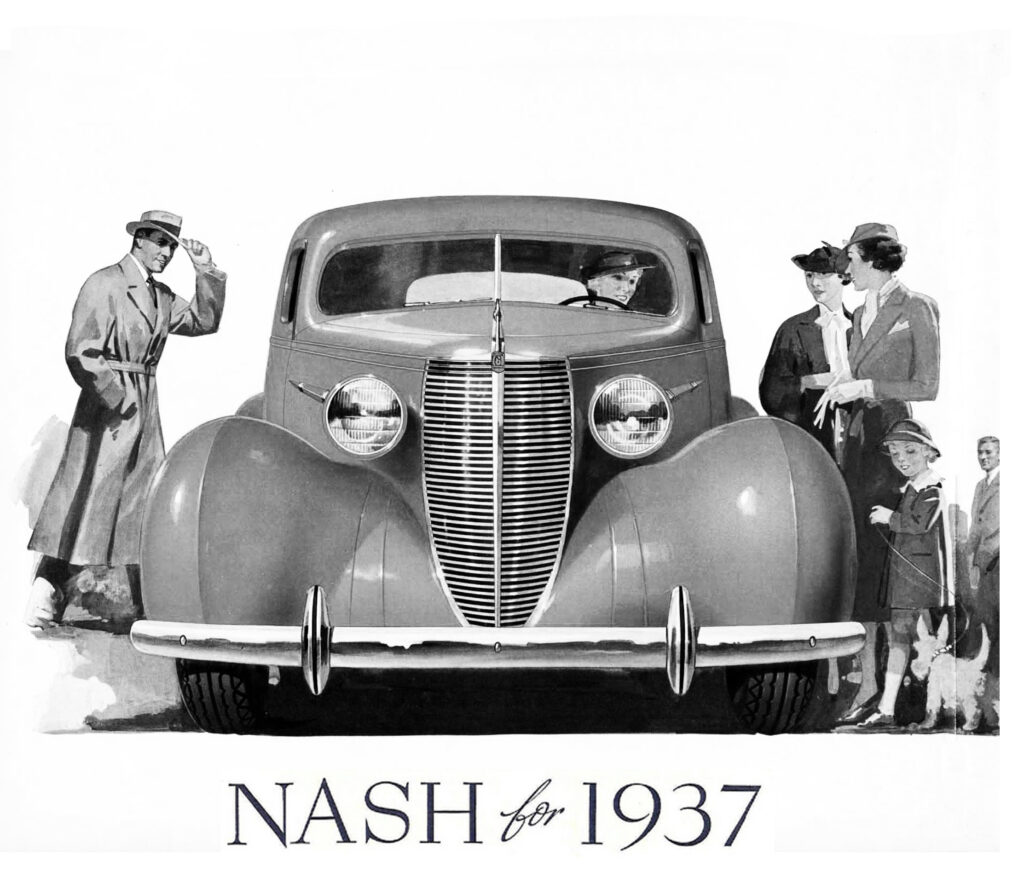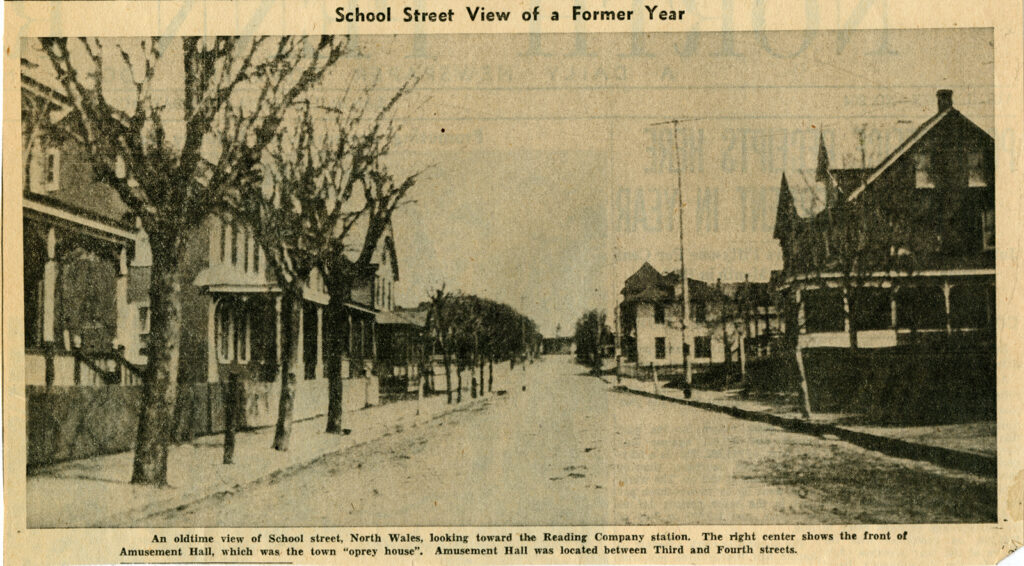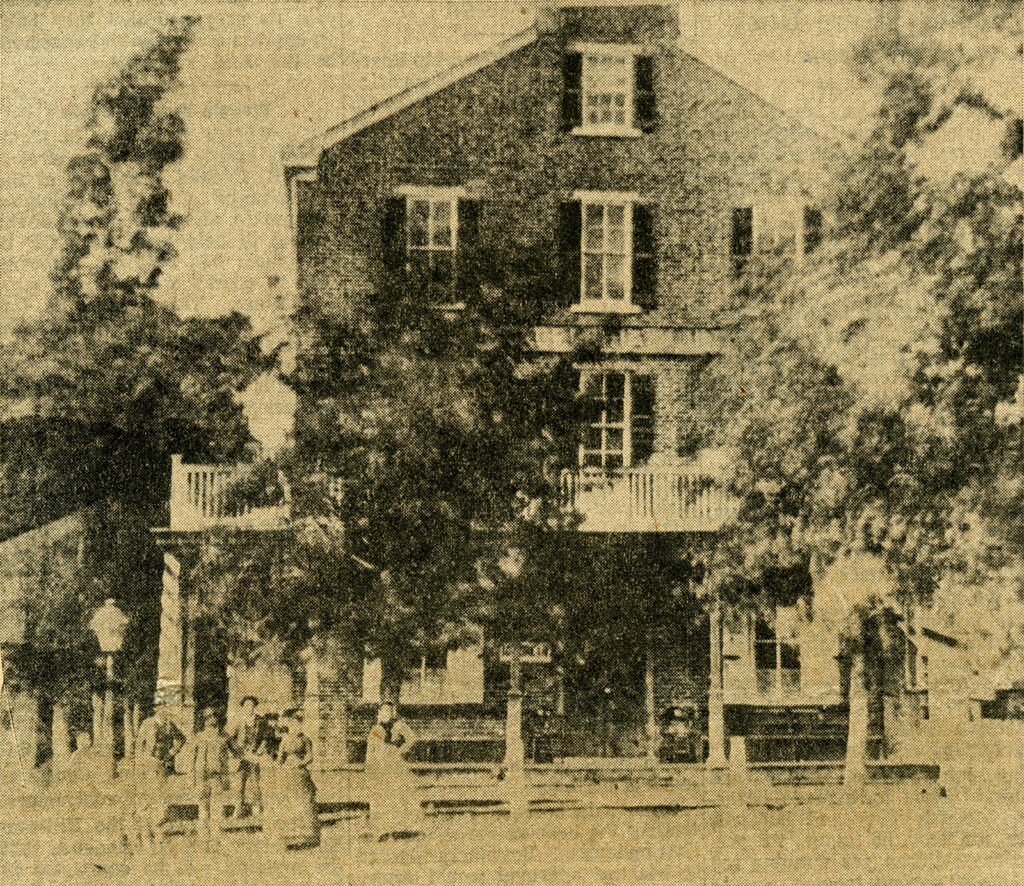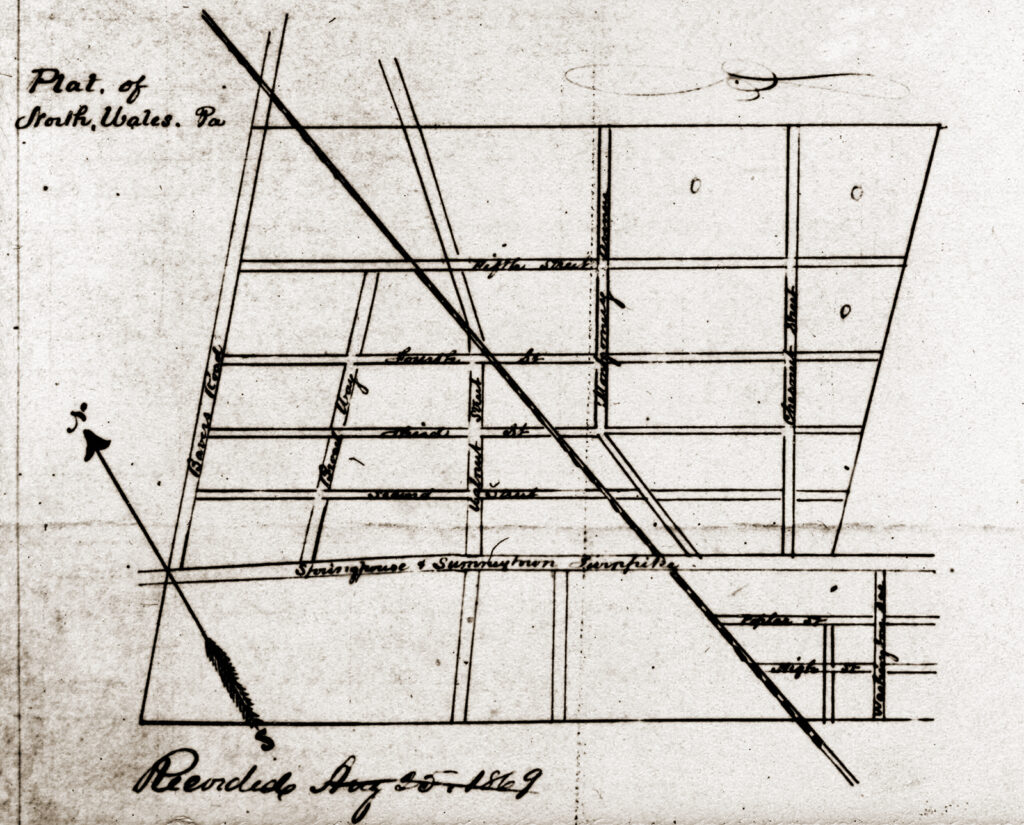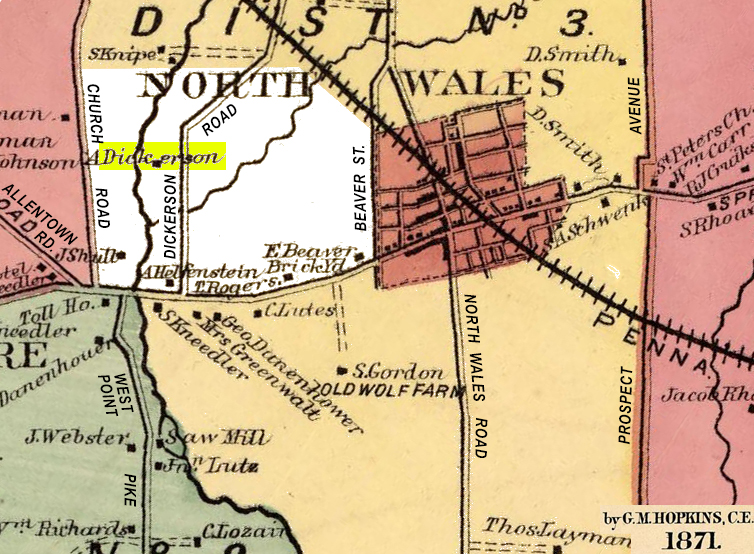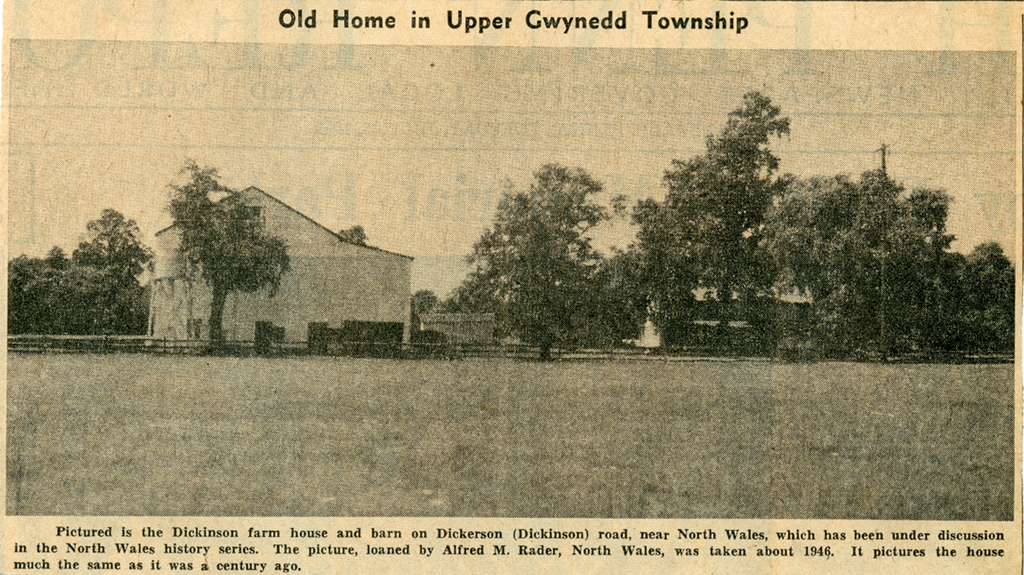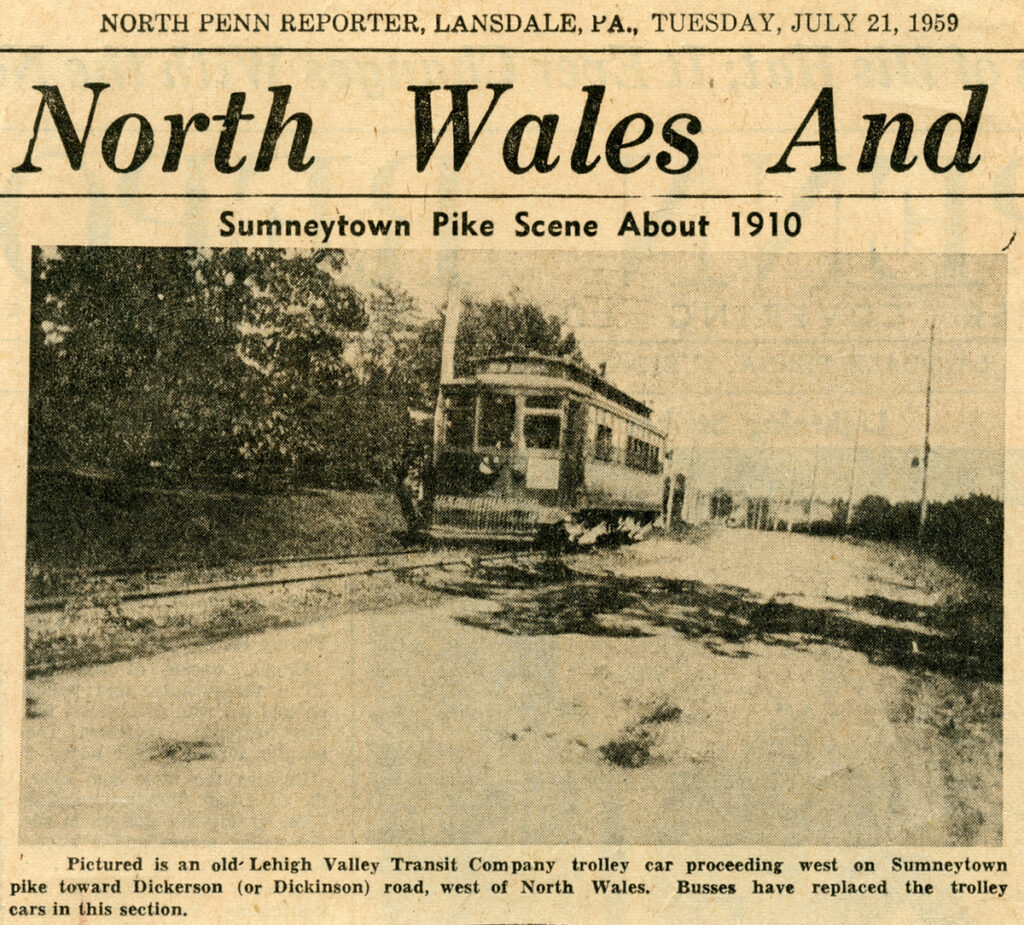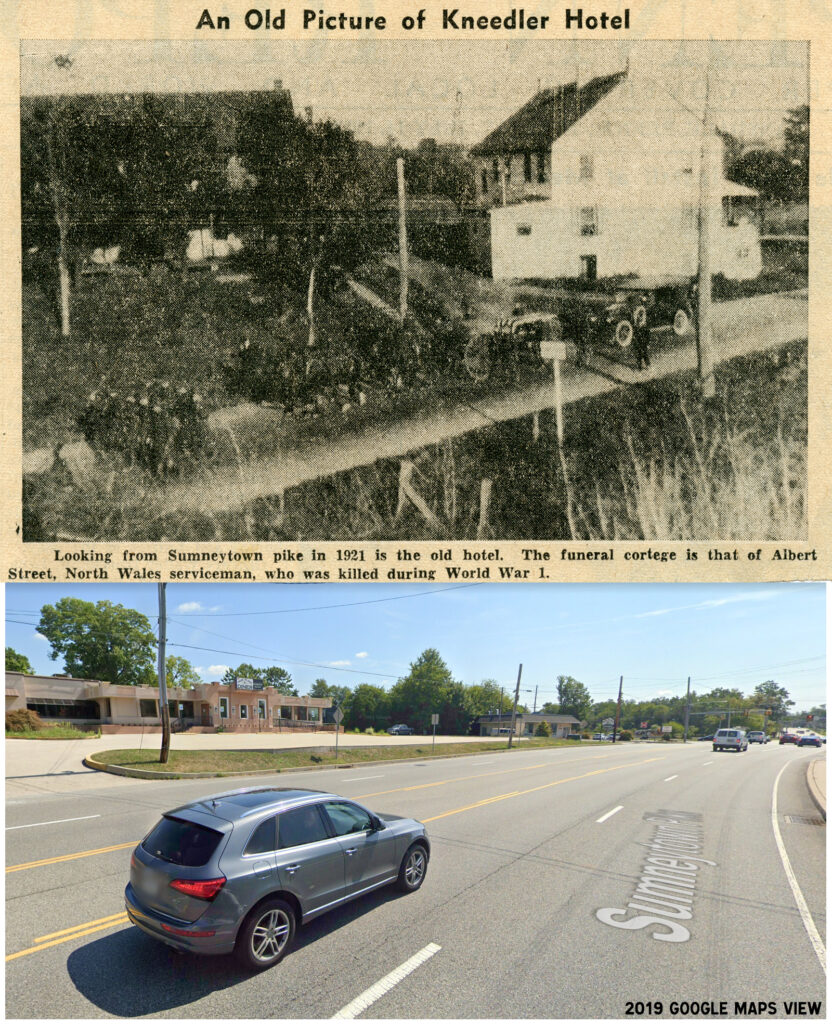A General Election was held on October 11, 1870, at which time 81 electors voted.
The result of the election is contained in the certificate issued by the judge and inspectors of election, who certified there were fifty-seven ballots in favor of street lamps and twenty-four for “no lamps.” Abel Lukens was judge, and Elias K. Freed and A. K. Shearer were the inspectors of the election.
Seven days after the election, or October 18, 1870, council held a special meeting “for the purpose of making arrangements for procuring and putting up streets lamps in pursuance of the result of the election held on the question of lamps. On motion of Mr. Freed it was unanimously resolved that as the question was determined in favor of lamps, a committee of two be appointed whose duty it shall be to examine the kind of street lamps now offered to the public by different manufacturers, and the cost of the same, and ascertain the number required, and report at the next stated session of the council, and procure and put up such and at such points and in such manner as shall be determined upon by the council. Elias K. Freed and Henry F. Moyer were appointed said committee.”
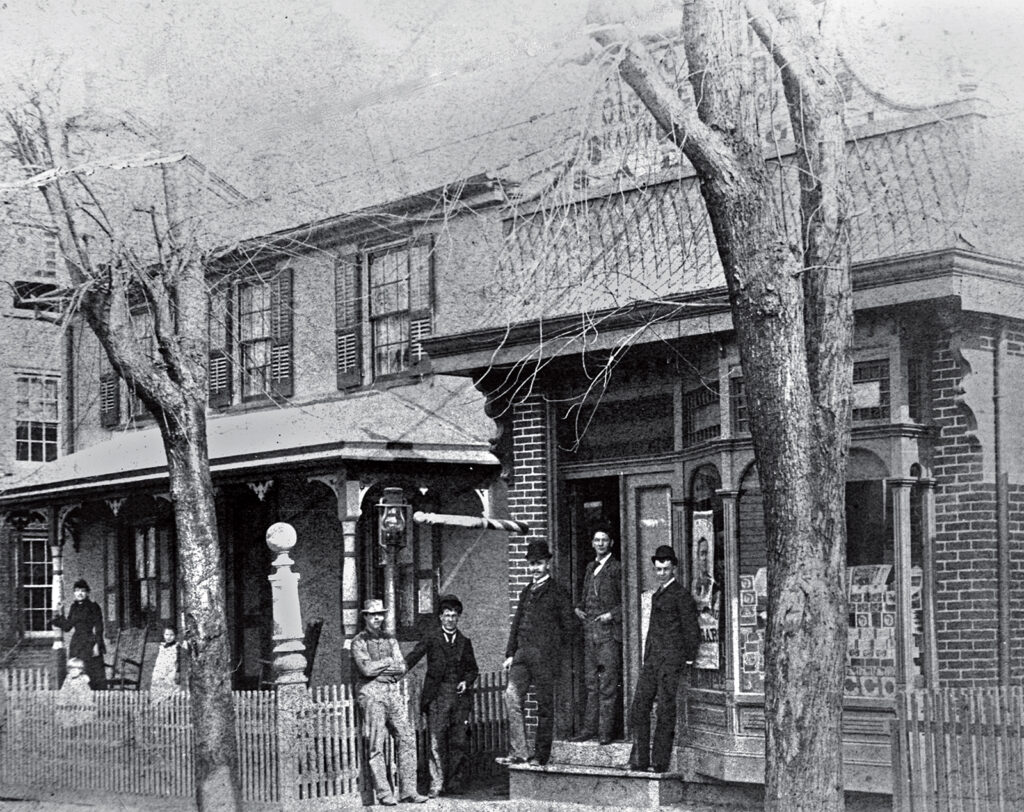
Council further considered the matter of street lamps at the meeting held on November 2, 1870. when the committee on lamps made a report in which they designated the following as proper points at which to erect the requisite number of street lamps, to wit, at the southwest corner of Washington avenue on Main street, at the northwest corner of Jonas D. Moyer’s lot, at the northeast corner of Lumber and Main streets, at the southeast corner of Walnut and Main streets, and one opposite the Reformed Church on Main street. At the southeast corner of Second and Depot streets, one opposite Lumber in Second street, one at the southwest corner of Second and Walnut streets, and one opposite John Mann’s lot in Second street. One at the northwest corner of Third and Walnut streets, one at the northwest corner of Third, Fourth, Fifth and Sixth streets on Montgomery avenue; and that they have examined different kinds of street lamps and recommend the Danforth’s Non-Explosive Petroleum Fluid[i] lamp which are offered at $96 per dozen. The report was accepted and the committee instructed to purchase the lamps as recommended and to have them erected on “good wooden lamp posts, unless others equally good can be procured at less expense.”
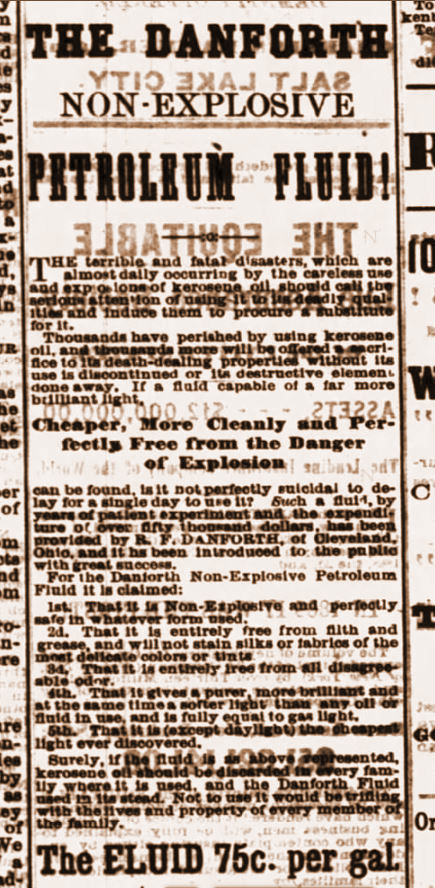
Street lamps again occupied the attention of council, when, at the meeting held on December 7, 1870, it was resolved that the names of the streets be painted on the four sides of the lamps and that the time to light the lamps be at candle light, or dusk, and that they be extinguished at 10 o’clock p. m.
It was further resolved at this meeting that sealed proposals be received by the committee on lamps until Wednesday evening, December 15, 1870, at 5 o’clock, for lighting, extinguishing, keeping clean, etc., the street lamps for one year.
In compliance with this resolution Messrs. Freed and Moyer, the committee on lamps, reported at the meeting of January 4, 1871, “that they have awarded the contract for lighting, extinguishing, cleaning, etc., sixteen lamps, to Michael Hasty at forty-five dollars for one year, from the 15th day of December 1870, and that the lamp lighter be allowed an appropriation of seventy-five cents per quarter for matches.”
At some point presumably the Danforth light fixtures were replaced with safer ones, once it became known how dangerous the Danforth “Non-Explosive” fluid was.
On July 6, 1896, the lamp committee was ordered to notify the lamp lighter to light the street lamps on all nights “that the moon does not give light”, until one o’clock.
The matter of street lighting continued to receive the attention of borough council, and on May 7, 1897 the following resolution was adopted: “Resolved that articles of agreement be made with a proposed electric light and power plant to be known as The North Wales Electric Light and Power Plant, as soon as it is incorporated, under which, the said proposed company shall be given the franchise to plant poles and string wires on the streets of the borough. Said franchise to be exclusive for ten years, and a contract to light the streets of the borough for a period of ten years with not less than fifty 25 candle power lights, at the rate of twelve dollars per year per light, be entered into with said proposed light company.”
One month later, June 7, 1897, borough council ordered its officials to enter into an agreement with E. K. Freed for street lighting, which was done. Thereafter, the street lighting was furnished by the E. K. Freed Electric Light Company, which erected its power plant on the Third street on the ground now [1959] occupied by Stainless, Inc.
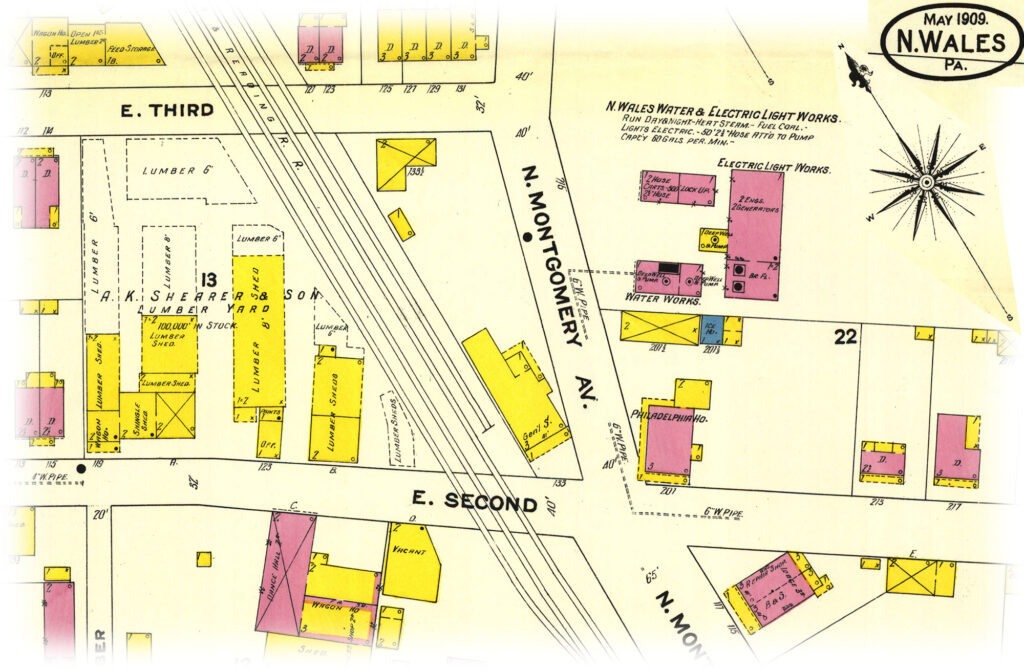
The fate of the old lamp lighter was doomed with the following entry in the borough minutes of October 4, 1897, “the lamp lighter is to be disposed of due to the erection of electric lights. All old oil lamps and poles to be removed and sold at $2 for the best, $1.50 for next best and $1 each for the worst.”
[i] In spring 1870, Danforth’s oil was a relatively new product in an unregulated marketplace. Without safety testing, manufacturers experimented with and sold highly flammable, unstable oils. [After a series of tragic fires] New York City’s Board of Health conducted a review of Danforth’s Non-Explosive Petroleum Fluid … and concluded that the New York-based product was no less than a “murderous oil.” It turned out that, while not technically “explosive,” the lamp oil would spontaneously ignite at room temperature without provocation. – La Crosse (Wisconsin) Tribune May 16, 2015. “The oil sold by this firm (G. M. Danforth & Co.) is naphtha – nothing more or less; it is the most dangerous article that can be put into a lamp.” – First Annual Report of the Board of Health of the Health Department of the City of New York, 1871.
This post is sourced from a column entitled Early North Wales: Its History and Its People penned by long-time North Wales resident historian Leon T. Lewis. The article appeared in its original form in the September 1, 1959 issue of the North Penn Reporter.

